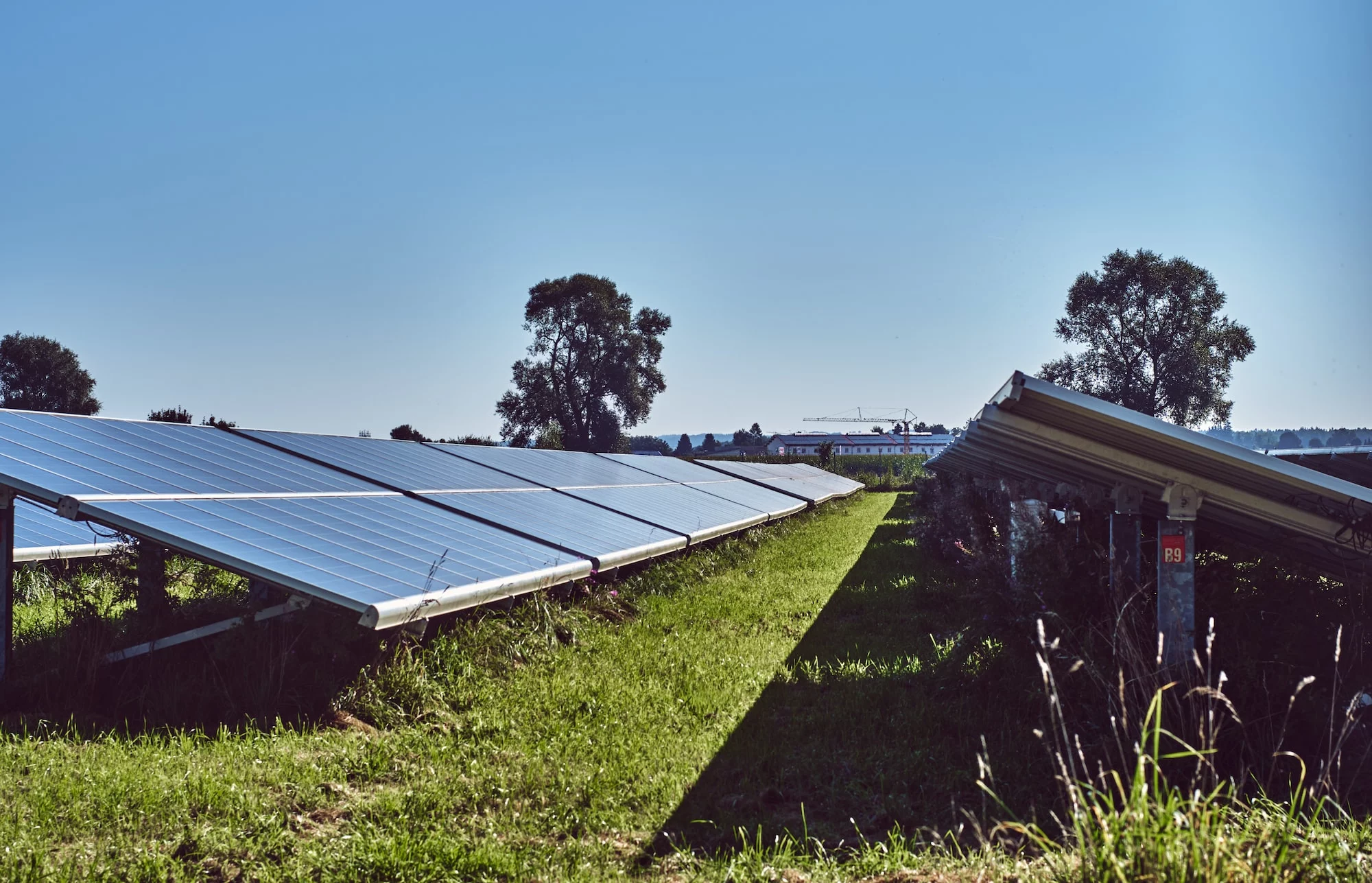Installing solar panels can seriously help cut down your energy bills by a whopping 30% to 50%. In other words, you’re looking at a seriously budget-friendly energy generator that’s also friendly towards the environment. And while solar panels have a host of benefits to recommend them, they also entail some downsides.
One aspect homeowners often fail to consider when installing solar panels is the impact these will have on the wildlife population in their area. So that’s what we’re here to talk to you about.
Are solar panels a threat to wildlife?
Most homeowners have dealt with wild animals (particularly birds, such as pigeons or larks) nesting on their roof. The common attraction to the roof is that it’s a warm space that keeps the animals fairly safe from terrestrial predators, while also offering them easy access to food and water. As such, your roof can be a hard attraction to resist for birds, squirrels, and a couple of others.
But once the roof, there’s the risk of these animals colliding with the solar panels, which can be harmful to the wildlife. Because solar panels become extremely heated during the daytime, flying directly into one or scuttling atop one can lead to burns, injuries, and sometimes even death for wild animals.
Not only is that deeply hurtful and a cruel fate for the birds and the squirrels, but it may also spell trouble for you. If an injured wild animal dies on your roof, the sun will heat the carcass causing a terrible smell. Not only that, but the dead animal will also attract other predators. This, in turn, can mean even larger problems for you.

Can you keep animals safe?
The good news is yes, you can have your solar panels without harming the wildlife in your area. In order to do this, there are wildlife professionals ready to help. They will offer a professional assessment of your property, since every situation is a little different. Once the initial inspection is concluded, the wildlife removal team will develop a plan to prevent further wildlife infestations.
There are also steps you can take to reduce the risk of a squirrel, rat, or bird making it up there. For skilled climbers, like squirrels, you’ll want to trim back the trees and vines around your house that may serve as a ladder. Simply cutting access to the roof can go a long way in keeping unwanted wildlife away.
When it comes to birds, you can research various bird deterrents, such as bird spikes or reflective materials to keep the birds from nesting on your roof. Alternatively, you may set up a designated bird habitat in another part of your garden (which can actually be beneficial to the ecosystem). You can set up a bird bath, bird feeder, and even a special birdhouse to attract the birds, and thus steer them away from the roof itself.
With a little patience and the help of a wildlife removal company, you should be able to design a system that gives you much nicer solar energy, without causing harm to the local wildlife population.
Thankfully, there are ways to protect your roof, and make it as unattractive to wildlife as possible.

Are solar power plants a problem for wildlife?
While residential solar panels only pose a small cause for concern when it comes to wild animals, the same is not true about solar power plants. One of the biggest causes for concern when it comes to these big plants is that in order to accommodate them, a lot of space is needed. To get that space, the companies behind these solar power plants are cutting down the natural habitats of these various animals, forcing wildlife to find a home elsewhere. This may also explain why there are so many wild animals seeking refuge in residential areas of late.
Similarly, a solar power plant involves a lot more concentrated heat than your handful of panels. These concentrated beams of heat can pose a serious danger to birds. Many have been known to explode mid-flight, while passing through such a beam. So if you’re considering solar panels, but are also concerned about the environment, it’s also worth keeping these dangers in mind.
